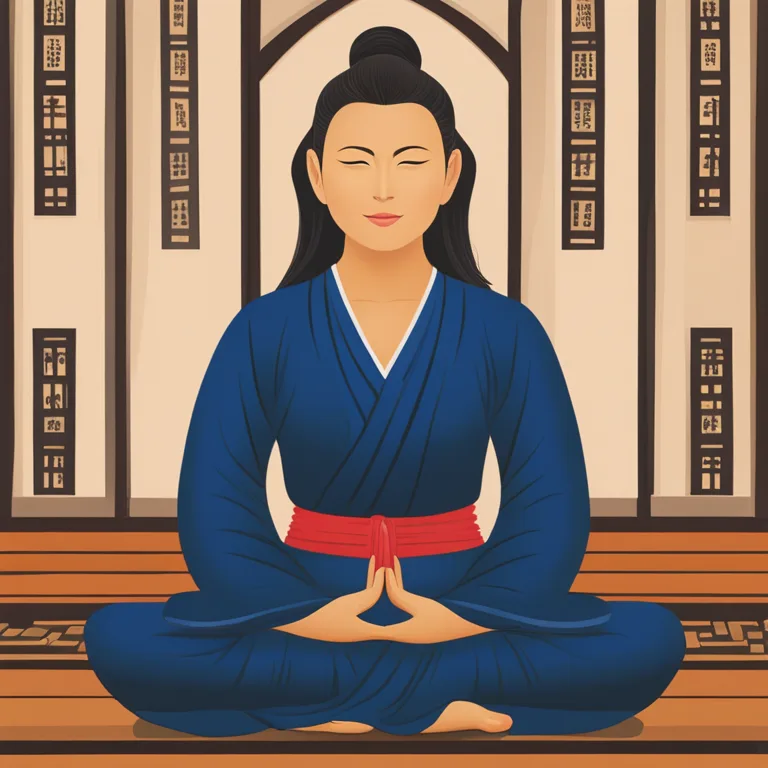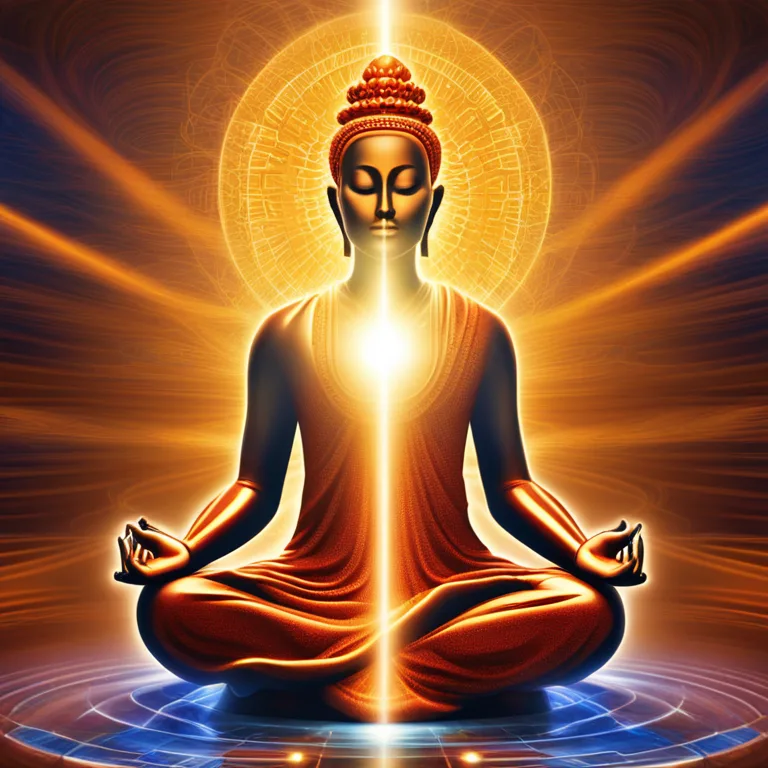
Mastering Ki Meditation: Core Techniques
Discover effective Ki meditation practices to harmonize body and spirit, enhancing your inner energy flow.
article by Hina Kurosawa
Introduction to Ki
Ki, or Qi, is a fundamental concept in Eastern philosophies and healing practices, representing the vital energy flowing through all living things. This invisible life force is believed to be the basis of health and vitality. Ki meditation focuses on harnessing and directing this energy through mindful practices, aligning the body, mind, and spirit for a balanced and harmonious life. By engaging in Ki meditation, individuals aim to strengthen their internal energy, reduce stress, and promote self-awareness and tranquility.

Starting with Breath
The foundational practice in Ki meditation revolves around controlled breathing—connecting breath with Ki. To commence, find a quiet space and sit comfortably with an erect spine. Close your eyes gently and breathe deeply through your nose, letting the air fill your abdomen. Breathe out slowly, envisioning the expulsion of tension and negativity. This diaphragmatic breathing is a cornerstone of Ki meditation, assisting practitioners in achieving harmony between their inner energy and the surrounding environment.

Body Posture and Alignment
A proper posture is crucial in facilitating the flow of Ki. Traditional Ki meditation recommends sitting on the floor with legs crossed in a lotus or half-lotus position. However, if this is uncomfortable, sitting on a chair with feet flat on the ground is also acceptable. The goal is to maintain a straight, yet relaxed posture. Ensure your shoulders are relaxed, your chin slightly tucked, creating a straight line from the base of your spine to the top of your head. The position should facilitate breathing and allow energy to circulate freely.

Concentration and Visualization
Central to Ki meditation is the concept of concentrative focus. With each breath, visualize Ki circulating through your body, from the crown of your head to the tips of your fingers and toes. Imagine a warm, healing light or a current of energy flowing through you. Concentrating on this visualization helps in channeling Ki and can lead to deep states of meditation. Enhancement of focus not only boosts your Ki but also improves mental clarity and emotional stability.

Integrating Movement
Ki meditation can incorporate gentle movements, such as those found in Tai Chi or Qigong. These exercises are designed to physically manifest the flow of Ki. By coordinating slow, deliberate movements with deep breathing, practitioners aim to enhance their understanding and control of Ki. Movements in these practices are often rounded and natural, mimicking the flow of the natural world, aligning the practitioner's energy with the larger flow of energy in the universe.
Meditative Repetition
Consistency is key in Ki meditation. Regular practice allows for the gradual development of one's ability to perceive and guide Ki. Start with shorter sessions, around 5–10 minutes per day, and gradually increase the duration as your concentration and comfort grow. Daily repetition will lead to a deeper connection with your inner energy and enable you to draw upon your Ki more readily in everyday life.
Reflecting on Progress
Reflection is an essential part of the Ki meditation process. After each session, take a moment to observe any changes in your physical or emotional state. Reflect on your ability to focus and visualize the flow of Ki. Recognizing your progress, no matter how small, can be encouraging and motivating. Keep a journal to track your experiences, thoughts, and feelings, as this will help you understand your journey and personalize your Ki meditation practice.
Published: 12/20/2023
Modified: 12/20/2023
More predictions
Come back here soon to learn more about yourself and your future


Pregnancy Meditation Techniques
Discover serene and effective meditation techniques tailored for expectant mothers to enhance prenatal wellbeing and connect with their unborn child.


Calming The Mind With Meditation
Discover effective meditation techniques to ease your mind and promote serenity in your daily life.


Meditation Techniques & Anxiety
Discover effective meditation practices to soothe anxiety and foster a sense of peace in your daily life.